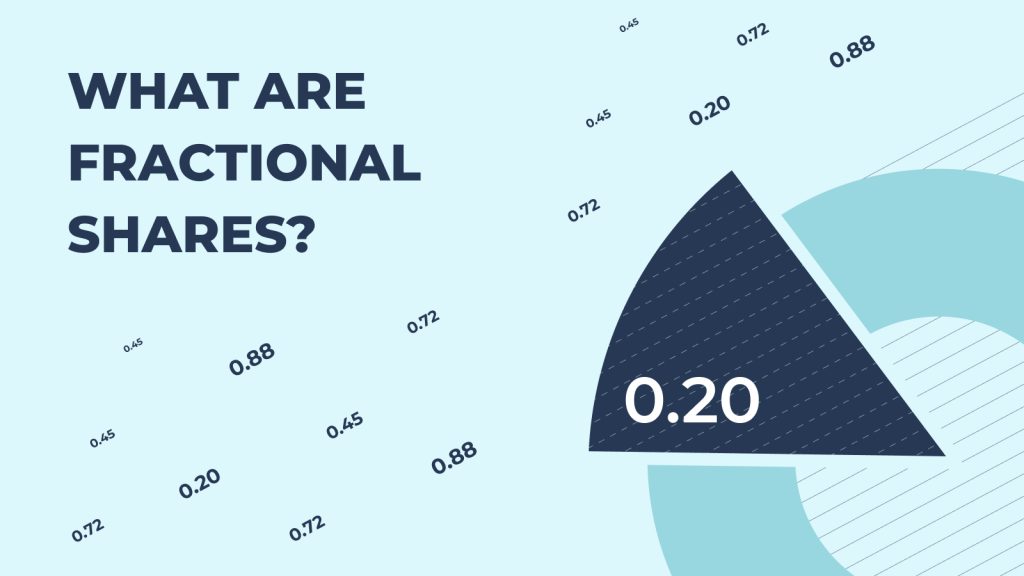February 22, 2024 – Nvidia, the AI chip giant, has stunned investors with a historic one-day surge, propelling its market capitalization to an unprecedented $1.91 trillion from $1.66 trillion at the previous close. This extraordinary leap, equating to a $250 billion gain, has catapulted Nvidia to the zenith of the investment realm, surpassing stalwarts like Tesla and Oracle by substantial margins.
The surge was ignited by Nvidia’s stellar earnings report for FY 2024, released after market hours on February 21. The company reported staggering growth, with GAAP revenues skyrocketing by 126% to $61 billion and net income surging almost sixfold to $29.8 billion. Such exponential growth has positioned Nvidia as the linchpin in the world of investments, driving the Nasdaq 100 index to a 3% surge by midafternoon on the 22nd.


The bullish sentiment surrounding Nvidia is palpable, with analysts scrambling to revise their forecasts in light of the company’s sorcerous performance. Notably, Goldman Sachs, Bernstein, and KeyBanc have raised their year-end price targets to $875, $1,000, and $1,100, respectively.
While the optimism is well-founded given Nvidia’s stellar results and its dominance in the AI sector, analysts caution that the company faces daunting challenges in justifying its stratospheric market valuation. Despite its impressive earnings growth, the bar for future performance has been raised to unprecedented levels.
Prior to the surge, Nvidia’s price-to-earnings (P/E) multiple stood at 56 based on full FY 2024 earnings. However, the 15% jump in its share price has elevated this multiple to 64, a figure that appears to unsettle few in the investment community. Nonetheless, projections for Nvidia’s future earnings paint a daunting picture.
To sustain a 10% annual total return for investors, Nvidia would need to achieve staggering earnings figures in the coming years. Comparing the requirements before and after the surge, the company faces a Herculean task. Previously, to reach a $1.66 trillion market cap, Nvidia needed to generate $173 billion in profits by 2034. However, with the current market cap of $1.91 trillion, this figure has ballooned to $200 billion, necessitating annual profit growth of 21%.
While Nvidia’s track record of growth is impressive, the sheer magnitude of the earnings required to maintain its valuation raises concerns. Moreover, increased competition in the AI sector threatens to erode Nvidia’s market dominance, potentially impacting its profitability in the long run.
In essence, Nvidia’s unprecedented surge has not only solidified its position as a tech powerhouse but has also raised the bar for future performance to dizzying heights. As the company navigates the challenges ahead, investors watch with bated breath to see if Nvidia can continue its meteoric rise or if the law of large numbers will finally catch up with it.
Also read: Google’s CEO Sundar Pichai Confirms 10-Year AI Collaboration with Nvidia


















